 On June 20, 2018, in Yerevan Modern Art Museum took place the opening of “Destruction and harmony”
On June 20, 2018, in Yerevan Modern Art Museum took place the opening of “Destruction and harmony”
exhibition by Ara Haytaytan and Japanese artist Nobuhiro Ohara.
Ara Haytayan writes:
“A dialogue that started between the two artists Nobuhiro Ohara and Ara Haytayan in a cafe of Belgian city of Ghent in December 2009 grew into an idea to present their approach in a joint exhibition. The topic of their conversation was the floating nature of contemporary art is in contrast with itself. This fact urges contemporary artists to endlessly reconsider their creative act in various contexts, seeking a personal borderline between collapse and harmony…”
“Arvestagir” was present during this “dialogue” and addressed its questions to the artists.
Mr. Ohara, at first I would like to welcome you. So, what connects you with Armenian culture, only Ara Haytayan, or there is something else, maybe some relations between Armenian and Japanese culture?
Ohara: Ara has many relations with Japanese artists and galleries, and I also know them. I couldn’t join them last time they came to Armenia, but this time Ara offered me to make an exhibition together, and it was some kind of destination for me. I’m interested in Armenian culture. To see the relations between the two cultures we should refer to our religions. Of course religion is very important for artist. Japanese has a very mystic religion like Shinto and it has very special position in Japanese culture. And I also thought about Christianity and it is very important religion worldwide, and I thought of Armenia as a key country, because Armenia has been a kind of crossroad from very ancient ages.
What is your aesthetic direction? Does it come from East or West?
Ohara: Of course my identity is Japanese, but nowadays there is very special situation worldwide, because new techniques rise up, artificial intelligence for instance, which will get soon singularity, thus computer will become “God”. An artist must differ singularity, the God and other things and he must fight against artificial intelligence artists. Human being artists must think why are they human being artists. This is my basic question to myself.
What is the “Aesthetic of void”?
Ohara: Void is traditional Asian thinking, access of thought. India found concept of zero and also Chinese culture has concept of emptiness, the emptiness that equals everything. This is the basic concept for East Asian people. This penetrates into the routine life and behavior of the Asians. Whole culture is controlled by such a concept. This is very strange for European people.
What future plans you have especially connected with Armenia and Ara Haytayan?
Ohara: This is the first time I’ve visited Armenia. The first day I experienced positive shock. Armenia’s art seems very suitable for me so if there will be some chance to visit again, I will.
What connects the art of you both, so that you decided to have an exhibition together?
Ohara: I am not an art critic but I understand Ara’s art is very special for art history. Every country was controlled by isms but in Armenia there isn’t a brutal system it is very humanistic maybe this makes artists original.
Haytayan: I think the concept of void connects us. I assume that art now studies very serious and subtle aspects and for it to prosper it need many losses, so that later new ways will develop. Every artist searches for partner who thinks the same way but is different also. This helps to see the differences of the two kinds. As we spoke I found out that Mr. Ohara’s way of thinking is similar to mine. We share the same idea what analyzes should be done and position one must have towards art in past, present and future. The artist should also think how to relate to them and how to organize his routine so that he will follow those questions. And what should be the acceptable percent of visible part of art, let it be avant-garde, actual art and which part should be kept in laboratory.
For the artist to study events of past and to value the present, he/she should understand what kind of lifestyles there are, which will result in the making of the product that is the equivalent of the artist’s positions and thoughts. For instance the case that I gave up paining on canvas is a result of it. Paper gives me the opportunity to go through all the analyzing process maintaining my own idea of artistry, it provides the speed of mind and I can have that intimate connection with material(paper, space, deepness) and that is what I need. So, to make art, studying the material you work with and acquiring the material as a key to idea, the paper as the first speaker of your art, after which you should speak for the second time on the paper and space. Thus, I saw Mr. Ohara as a friend who shares the idea of the secret, not evident art and our dialogues resulted in the exhibition.
Thank you
The exhibition will last till 30th of June/2018
Entrance is free
Yerevan Modern Art Museum
7, Mashtots ave.,




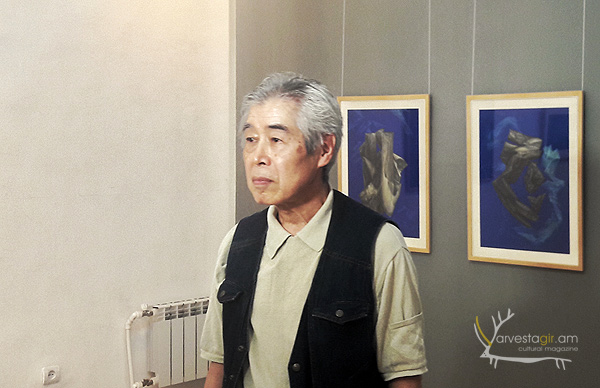
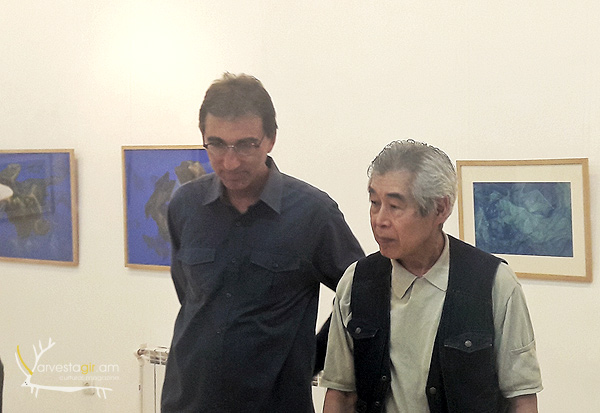
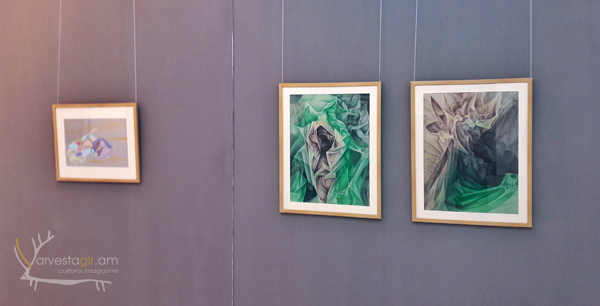



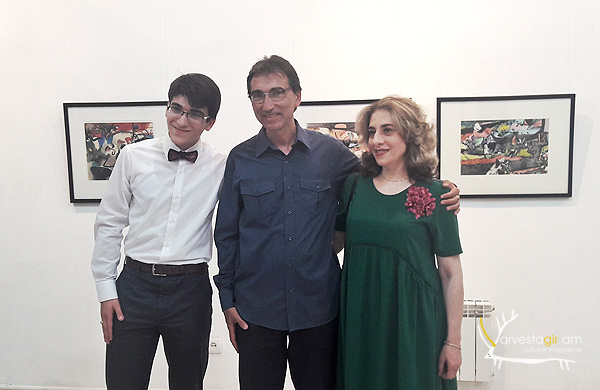
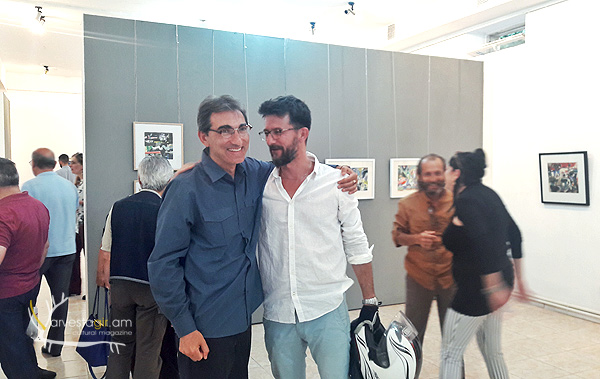
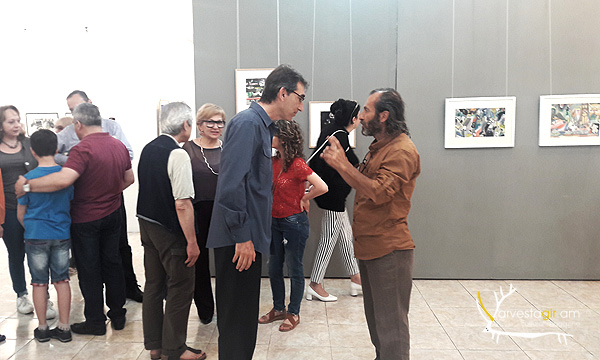
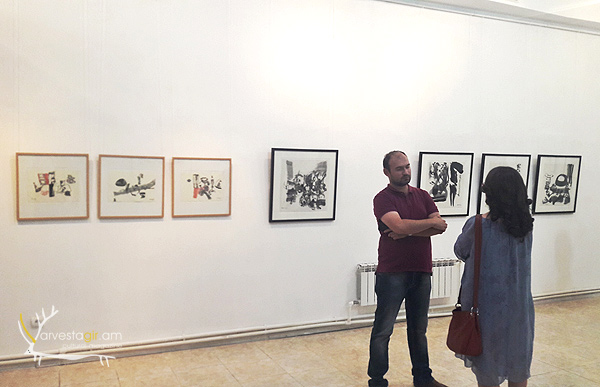
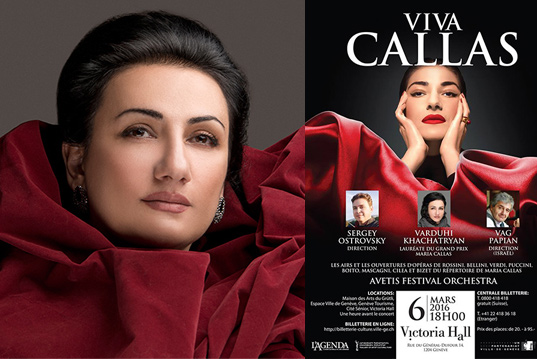

Leave a Reply